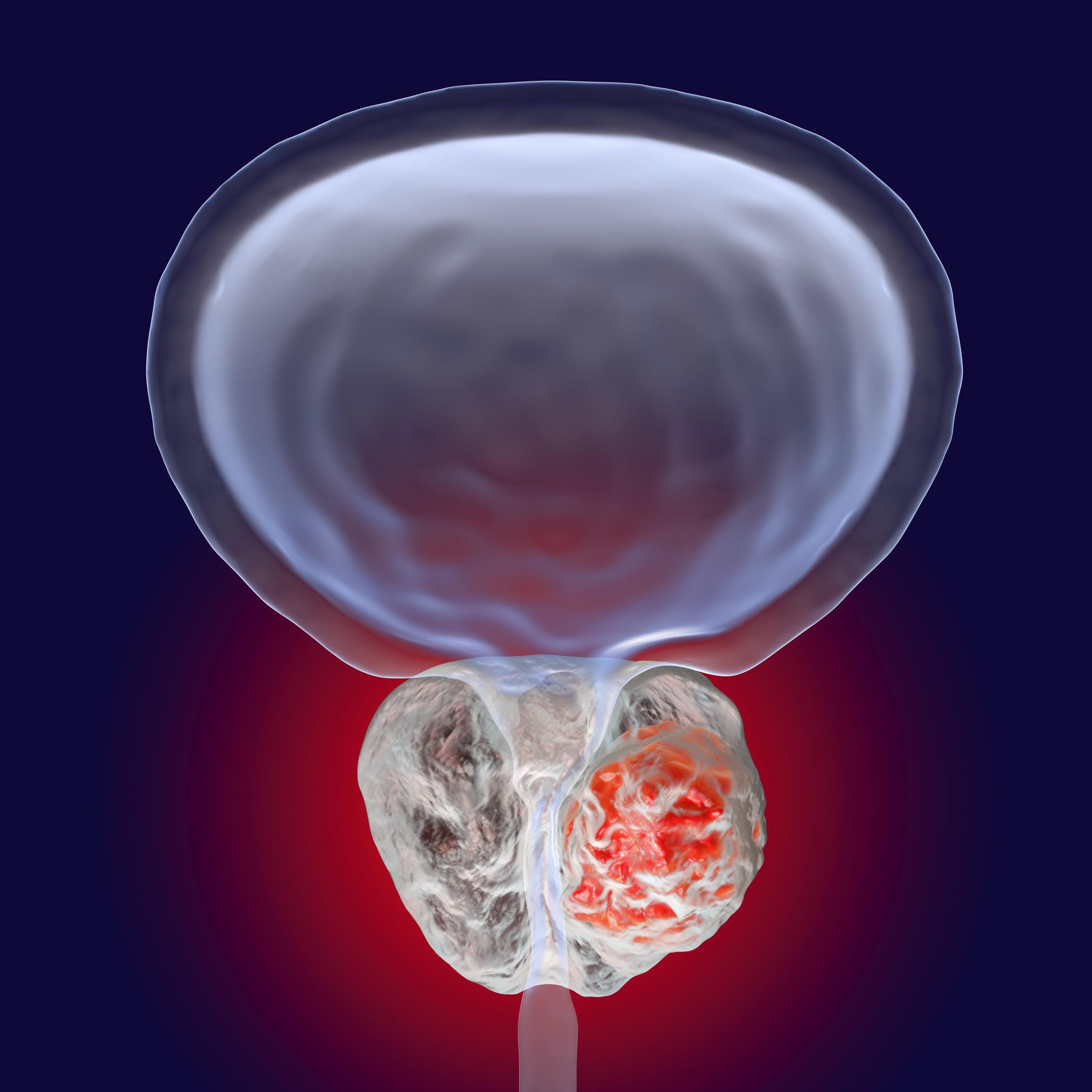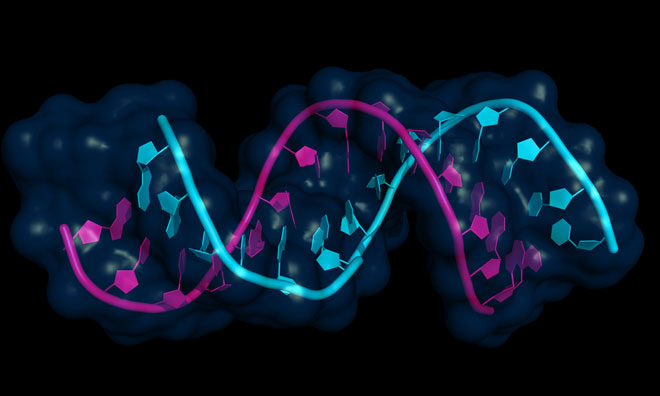Bacterial ‘jumping genes’ found to control chromosome ends
Cornell researchers have discovered how transposons, or 'jumping genes,' insert themselves into bacterial chromosome ends, potentially transforming genetic engineering and advancing biotechnology. This breakthrough could reshape antibiotic research and unlock new drug discoveries.





























